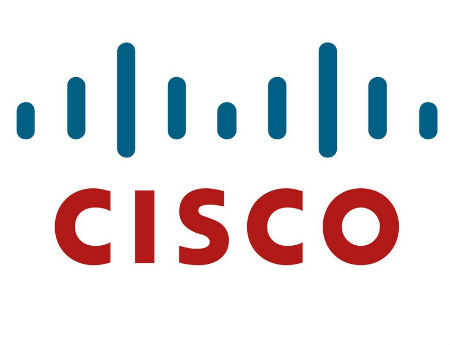Cisco Demos Full Duplex DOCSIS

Cisco Systems is using this week’s Anga Com show in Germany to demo Full Duplex DOCSIS, an annex to DOCSIS 3.1 that’s designed to deliver symmetrical multi-gigabit speeds over HFC networks.
A the event in Cologne, Cisco will show upstream and downstream running simultaneously in a 96 MHz slice of spectrum, located between 108 MHz and 204 MHz, John Chapman, Cisco Fellow and chief technology officer of the company’s Cable Access unit, explained in a blog post detailing the company's “proof of concept” demo.
RELATED: Cable-Tec Expo: ‘Full Duplex’ DOCSIS Speeds Ahead
Chapman noted that current technology is limiting the demo to a 96 MHz-wide swath of spectrum.
RELATED: Cisco Chips In For ‘Full Duplex’ DOCSIS
“Why a proof of concept that ‘only’ does 96 MHz symmetrical, when the end game is 576 MHz of shared spectrum?” he wrote. “Because by necessity, proofs of concept must rely on current technology -- and today’s cable modems ‘top out’ at an upstream spectral location of 204 MHz.”
He said the 96 MHz shared spectrum used for the demo will support a downstream rate of 890 Mbps (with 4K QAM) and an upstream rate of 680 Mbps (with 1K QAM).
Multichannel Newsletter
The smarter way to stay on top of the multichannel video marketplace. Sign up below.
Full Duplex DOCSIS, he added, factors into several tech trends underway, including the push toward passive N+0 (node plus zero) architectures whereby there are no amplifiers between the node and the home, and remote PHY, which places electronics at the node, toward the edge of the HFC network. Another trend, Chapman pointed out, is the placement of an echo canceller in the RPHY node, along with more upstream channels.
D3.1 already aims to deliver up to 10 Gbps downstream, and FDX will allow operators to deliver upstream speeds of up to 5 Gbps, and possibly more.
“If a node were to contain one forward path and two reverse paths, then that optical node would have 10 Gbps capacity in both the downstream and upstream,” Chapman wrote. “This would match the 10 Gbps wavelength used to feed the digital optical node.”
That would enable symmetrical 10-Gig “and be equivalent to a fiber wavelength, and is a legitimate extension to fiber -- without actually running fiber,” he added.
With that in mind, Chapman also held that Full Duplex DOCSIS, as designed, will extend the life of HFC and DOCSIS and enable MSOs to put off having to pull fiber all the way to the premises, at least when the legacy network is concerned.
“We’ll have a lot more bandwidth for a long, long time,” he said, in an interview.
“FDX ultimately puts to rest -- both logically and economically -- the question of whether and when the time will come to sunset DOCSIS, and replace it with fiber to the premise,” Chapman amplified in the blog post. “The answer is probably never, because FDX creates what is essentially a fiber equivalent, throughput-wise, with coax.”
Though this week’s demo offers a glimpse at cable’s technology future, Chapman acknowledges that it’s not going to happen overnight.
He expects Full Duplex DOCSIS to see some field trials in 2019, and ramp up in 2020, with the caveat that MSOs will have needed to deploy DOCSIS 3.1, remote PHY and go “fiber deep” (N+0).
